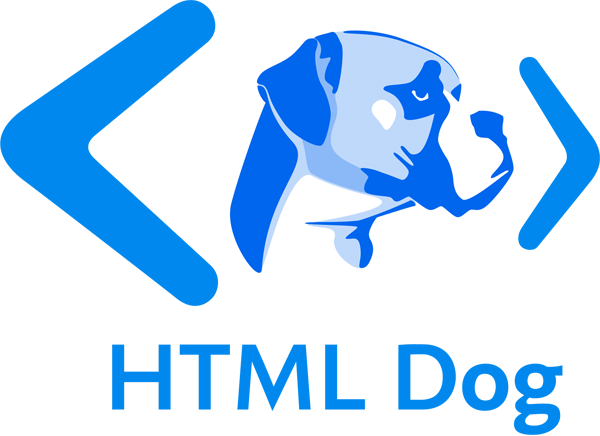Backbone
Backbone.js (aka Backbone) is designed to add structure to client-side applications, to avoid a spaghetti-code mess.
In the words of Backbone.js:
Backbone.js gives structure to web applications by providing models with key-value binding and custom events, collections with a rich API of enumerable functions, views with declarative event handling, and connects it all to your existing API over a RESTful JSON interface.
Models are where you keep your data, and in Backbone they are special JavaScript objects created from a Backbone’s built-in Model, optionally extended by you to add functionality. Making a Model looks something like this:
var jedi = new Backbone.Model({
name: 'Yoda',
age: 874
});
You can then connect this model up to a View that displays it to the user, via a template. The template is just HTML with special tags or other syntax used to indicate where the model’s data should go.
A view looks something like this, including adding it to the page and rendering it.
var jediView = new Backbone.View({
model: jedi,
tagName: 'div',
jediTpl: _.template($('#jedi-template').html()),
render: function () {
this.$el.html(this.jediTpl(this.model.toJSON())));
return this;
}
});
jediView.$el.appendTo('body');
jediView.render();
A template, often kept in a script element with a type of “template”, contains the HTML that the view should use. For the above example, it might look something like this:
<script type="template" id="jedi-template">
<h1><%- name %></h1>
<h2><%- age %></h2>
</script>
